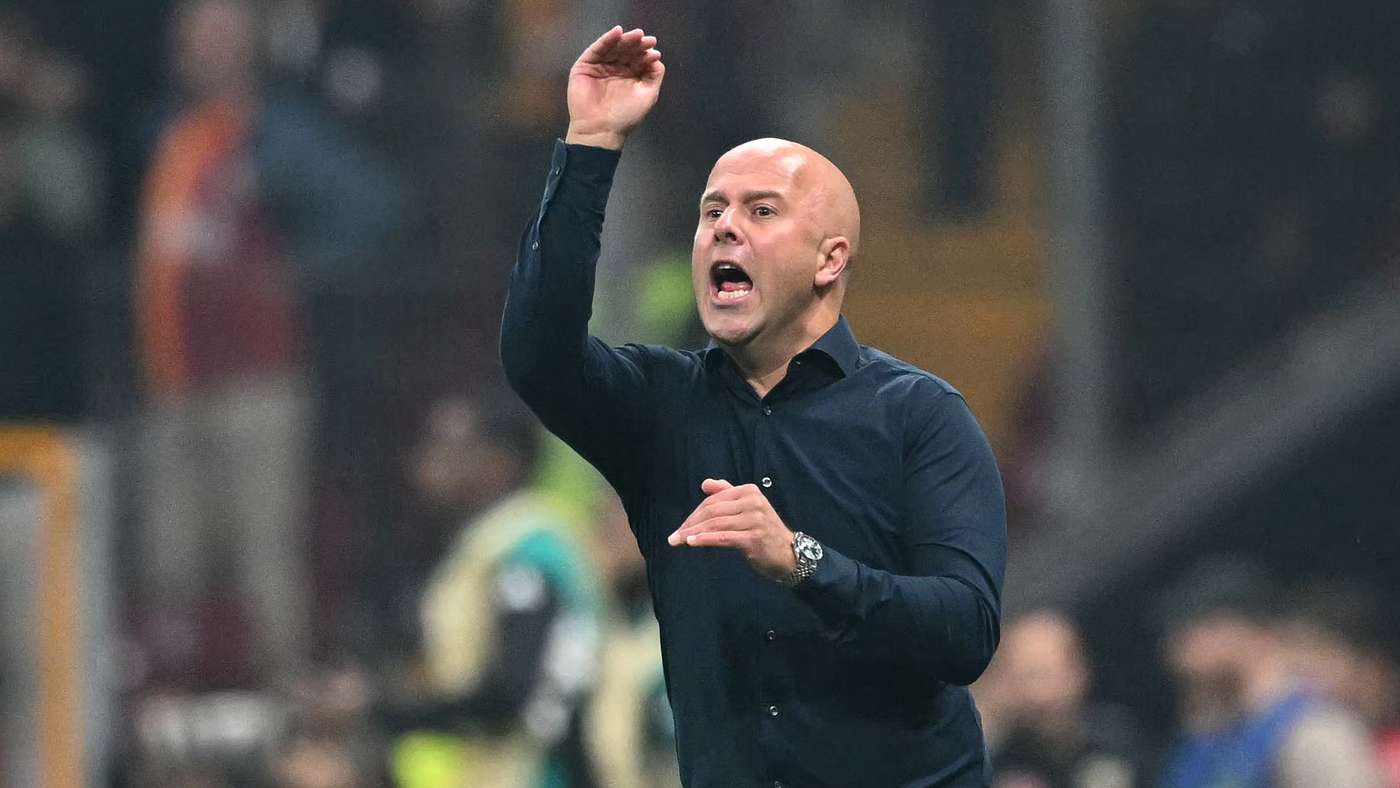Little Hands, Big Stars: Why Kids Walk the Pitch with Football Legends
3 octobre 2025

Origins of the ritual
Right before the kickoff, amid the roar of fans and the hum of commentators, a simple human moment steals the spotlight: world‑class players stepping onto the pitch hand in hand with small children.
Is it merely a heartwarming flourish to soften a clash of titans, or a tradition with deeper roots? From humble beginnings in Brazil to the world’s biggest stadiums, the sight blends childhood innocence with star power, social messaging, and a dash of showbiz.
European spread and the Rooney moment
The story begins in the 1970s in Brazil, at Atlético Mineiro, when the club faced low attendance and tight finances. A bright idea from the public relations chief Ronan Ramos Oliveira introduced children onto matchdays, especially those who lead the players to the field, as a simple way to ensure at least one more adult presence in the stands.
What started as a practical ploy soon carried a magical rulebook: kids should resemble the players they accompany, creating a striking, poster‑worthy image. In Atlético Mineiro the practice evolved to involve as many as 22 children walking with the players in a single game.
European adoption accelerated in the 1990s. By the mid‑1990s Germany embraced the ritual, and in the 1996 Merseyside derby between Liverpool and Everton, each side escorted a child. One of Everton’s escorts would later become England’s star Wayne Rooney, a glimpse of a future icon as a young participant on the sidelines.
How escorts are chosen and modern twists
In origin, the program carried a charitable angle. At the 2002 FIFA World Cup, FIFA partnered with UNICEF for the "Say Yes for Children" initiative to promote children’s rights to healthy entertainment and primary education. Since then, the ritual has remained tied to charity and welfare, with UEFA and national unions adopting similar approaches to fund travel and accommodation for the kids and their guardians.
In practice, the age limits typically range from 7 to 12 years. For UEFA Champions League finals, the rules tighten: only children aged 7 to 9, capped at 135 cm tall, are eligible. The process is often a mix of lotteries and outreach, with some clubs allowing free entry via a draw and others offering paid opportunities, often with extra perks.
Chelsea, for example, has historically selected a few hundred escorts each season, but with current demand the application window can close and a lengthy waiting list can develop. Other clubs have experimented with charges for the privilege, from modest fees to VIP‑style packages that include merchandise or training sessions with the team staff. Newcastle United in 2014 even offered a VIP experience that could run into the thousands of pounds.
There are also kid memberships, typically around 20 pounds in the UK clubs and roughly 20 euros at some Parisian venues, where youngsters gain access to draws and club events alongside their parents.
Beyond the charity angle, clubs have experimented with creative initiatives: Olympique Lyonnais once partnered with an airline to bring pediatric patients to the pitch; Bolton Wanderers held auctions to win a child’s escort, with proceeds supporting local community projects. In some cases, escorts are special guests, such as mothers walking with Ajax players on Mother’s Day or Sao Paulo players arriving with dogs to promote pet adoption.
Ultimately, whether by lottery, donation, or a dash of luck, the choice of a child to accompany a football legend creates a lifelong memory for those involved.
Punchline drop 1: If fame is measured in autographs and snack budgets, these kids are already champions. Punchline drop 2: When a tiny escort ends up towering over the coach by endgame, either the kid grew fast or the legend learned a new kind of cross‑training—storytime with the stars, featuring post‑match hot chocolate.



